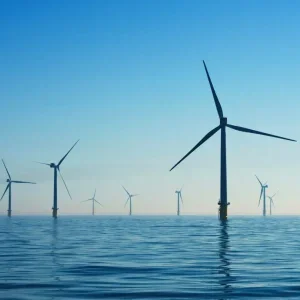Sian Crampsie
Air quality concerns and environmental commitments are leading China to take an expanding role in the development of fuel cell technology.
A new report from E4tech says that China’s government has given the nascent fuel cell sector a much-needed boost through its continued support mechanisms, making ground in a technology traditionally led by Japan, North America and Europe.
According to E4Tech’s Fuel Cell Industry Review, the total number of fuel cell shipments rose by two-thirds in 2016. The transport industry is leading the way, with the number of car-related fuel cell shipments having doubled to 280 MW in the past year, while stationary energy shipments are also up 10 per cent to 200 MW.
“This year’s report demonstrates the importance of a long-term outlook for governments that seek to support a growing industry,” said David Hart, E4Tech director. “The sector remains fragile, but by supporting fuel cell-powered vehicles in tandem with funding for hydrogen infrastructure and projects developing roadmaps, monitoring and supply chain capabilities, the Chinese government is providing a real sense of direction for private sector firms to follow.
“But that’s only part of the equation. This is an important period in the development of fuel cells internationally. The sector is yet to fully mature and new players are entering the market all the time.
“This increased competition could lead to dramatic improvements in the energy solutions available. Savvy businesses should monitor the situation to make the most of breakthroughs as soon as they arrive.”
E4Tech’s report shows that Japan remains a key driver of fuel cell technology. The installed base of Japanese residential CHP fuel cell systems has grown by 25 per cent this year. The Japanese government has set targets of 1.4 million installations of fuel cell systems by 2020 and 5.3 million by 2030.
Europe leads fuel cell bus use worldwide, with 18 buses operating in the UK and 17 in Germany, says E4Tech.






